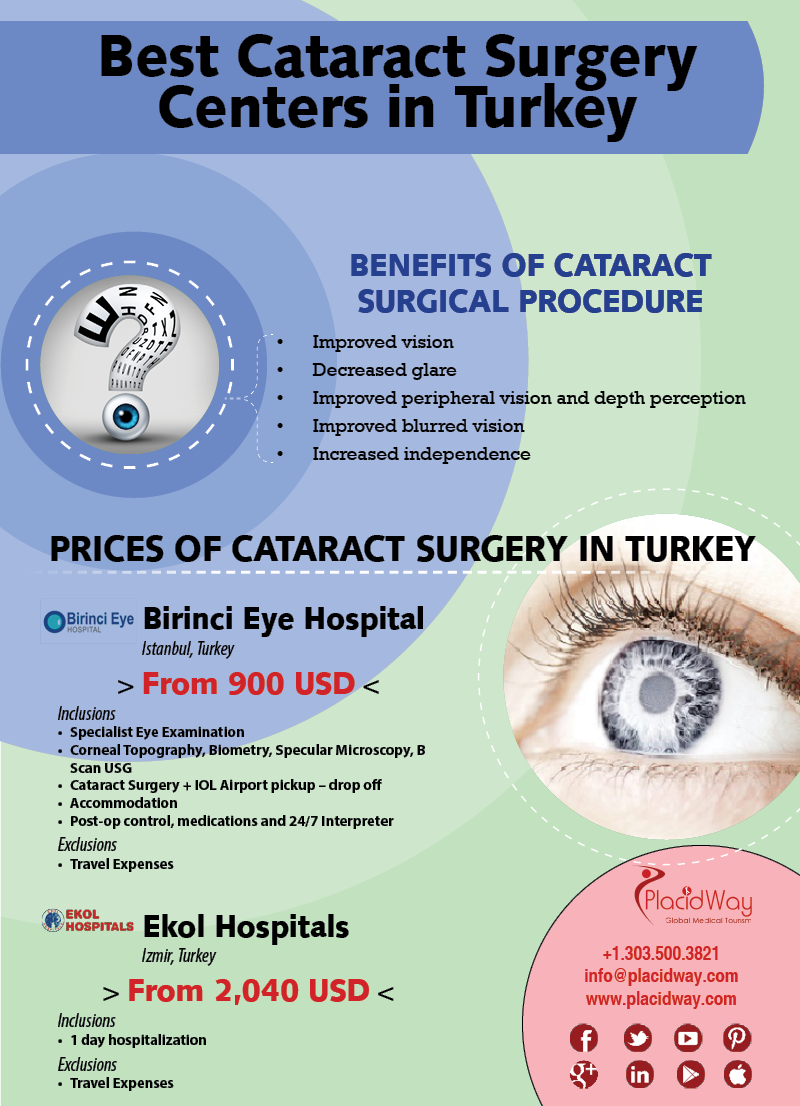Refractive Lens Exchange: The Future Of Vision Adjustment

Material Writer-Barron Boesen
Imagine a future where you no longer have to rely upon glasses or get in touch with lenses to see clearly. A future where vision improvement is as simple as a quick, painless treatment.
Well, that future is closer than you might assume. Introducing https://writeablog.net/elmer460jacquetta/a-step-by-step-guide-to-selecting-the-appropriate-medical-professional-for , an advanced strategy to fixing your vision that might transform the means you see the world.
Yet exactly what is click here to read , and why is it took into consideration the future of vision correction? In this conversation, we will certainly discover the advantages, the procedure, and the prospective threats of refractive lens exchange, giving you a peek right into what lies ahead for those seeking more clear vision.
The Advantages of Refractive Lens Exchange
Refractive Lens Exchange provides many advantages for individuals seeking vision modification. By replacing your all-natural lens with a man-made intraocular lens, this procedure can deal with a wide variety of vision troubles. Among the main advantages of refractive lens exchange is the improvement in visual acuity. Whether you're myopic, farsighted, or have astigmatism, this procedure can significantly boost your capability to see plainly without relying upon glasses or call lenses.
Additionally, refractive lens exchange can additionally avoid the progression of certain eye problems, such as cataracts. This implies that not just will you attain better vision, but you'll additionally have a reduced risk of developing cataracts in the future.
With refractive lens exchange, you can enjoy improved vision and a better of life.
The Procedure for Refractive Lens Exchange
When going through refractive lens exchange, the doctor will certainly start by making a tiny incision in your cornea. This permits them to access the lens of your eye and remove it.
Right here are five crucial actions involved in the procedure:
- The surgeon will carefully separate the lens utilizing ultrasound waves or lasers.
- After getting rid of the lens, they'll put a brand-new artificial lens, called an intraocular lens (IOL), right into your eye.
- The IOL is made to remedy your particular vision troubles, such as nearsightedness, farsightedness, or astigmatism.
- Once the new lens remains in area, the surgeon will shut the laceration with small stitches or self-sealing methods.
- The entire procedure usually takes less than thirty minutes and is typically carried out on an outpatient basis.
Following these steps, refractive lens exchange can provide you with enhanced vision and minimize your reliance on glasses or contact lenses.
Prospective Risks of Refractive Lens Exchange
Prior to going through refractive lens exchange, it's important to understand the possible threats associated with the procedure. While refractive lens exchange is generally taken into consideration safe, like any kind of operation, there are dangers involved.
One prospective danger is infection, which can take place if germs goes into the eye during or after the surgical treatment. An additional threat is the growth of raised intraocular stress, which can result in glaucoma. Furthermore, there's a small chance of experiencing corneal edema, which is the swelling of the cornea.
Various other potential risks consist of retinal detachment, macular edema, and loss of vision. It's essential to talk about these dangers with your specialist and evaluate them against the potential benefits before making a decision.
Verdict
So there you have it, people! Refractive lens exchange is really the future of vision modification. With its many advantages and innovations in modern technology, this procedure provides a life-altering service for those struggling with their vision.
But bear in mind, every rose has its thorns. While refractive lens exchange might bring clarity, it is very important to be aware of the possible threats involved. So, prior to taking the leap, consider the advantages and disadvantages, and speak with your eye doctor.
Besides, far better secure than sorry!

